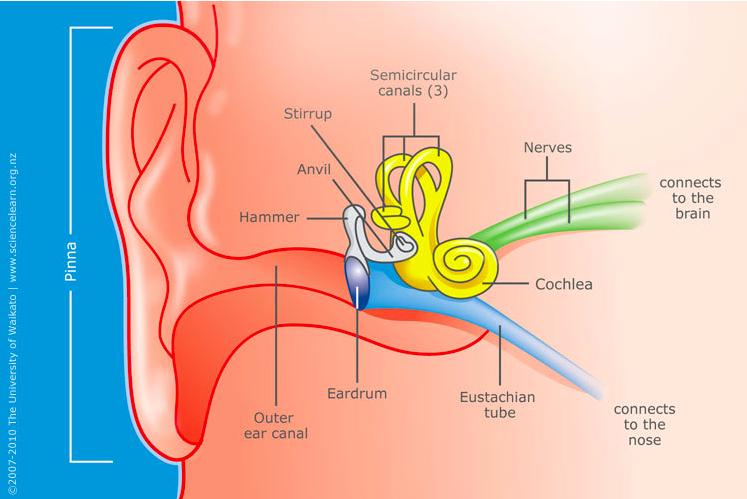Primary Science Week 2020

Keep an eye on this page for activities and resources
Needing Inspiration?
Check this fantastic Webinar ‘Sounds of Aotearoa‘ from the Science Learning Hub. Ideas of activities and lessons have been supplied by NZAPSE committee members. Supporting documents for each activity are linked to this site.
Primary Science Week Challenge
Make Your Own Musical Instruments
Challenge your students to make their own musical instruments using recyclable materials and items found around the home.
Each musical instrument should be able to change pitch as well as volume. To encourage the making of a range of instruments why not sort them into the types of music groups found in an orchestra. String, Brass, Percussion and Woodwind.
Make a video or your students work and share it with us.
What you need to know before you start
What is sound?
How does each family of instruments make sound? (why are the put into these four categories, and where do key boards fit in?)
What is pitch and how do instruments change their pitch?
How do you change the volume made by an instrument?
Suggestions for Teaching Sound For Years 1 – 10
Have a look at this NZASE resource for teaching Sound. Lots of ideas that can be used at any level.
Science of Sound
Watch this video with Michelle Dickinson, with the help of Nestlé to show us how sound travels Nestlé & Nanogirl Science of Sound
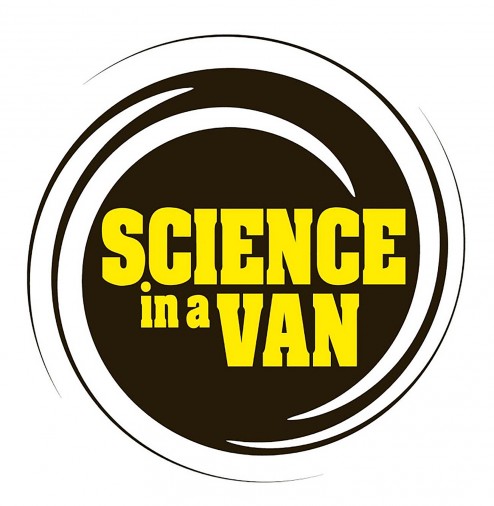 Science in a Van – Sound Week from Lockdown
Science in a Van – Sound Week from Lockdown
During the first Lockdown our friends at Science in a Van went live everyday with themes for each week. Below you will find their recordings from Sound Week.
Explanations and activities that focus on the following basics of sound can be found here.
– Sound is caused by vibrations
– Sound needs a material to travel
– Volume and pitch
Science in a Van Sound Week : Intro https://youtu.be/ROfLADLtX7Q
Vacuum jar experiment, coat hanger experiment and make your own kazoo
Day 1 : https://youtu.be/Xzmu890XHNw
Explore the basic concepts using the classic fizz rocket experiment
Day 2 : https://youtu.be/yn4aoGqJy0M
Make your own ‘whizzer’, exploring pitch and sound waves, musical bottles and crazy xylophone
Day 3 : https://youtu.be/HcINzhcbtF0
Kazoo experiment (more in-depth), sound wave diagrams and make your own tin can telephone
Day 4 : https://youtu.be/LmzH_nxWEiY
Coat hanger experiment (more in-depth) and re-looking at the vacuum jar experiment
Have a Listen to this
Our friends ‘Sliding & Flying’ have written and performed a great science song all about sound. Listen to it on Sound Cloud https://soundcloud.com/slidingandflying/sounds
Resources – Where to Begin?
Science Learning Hub – Pokapū Akoranga Pūtaiao,Links: Sound Topic https://www.sciencelearn.org.nz/topics/sound
See below for more detail on what the Science Learning Hub has to offer.
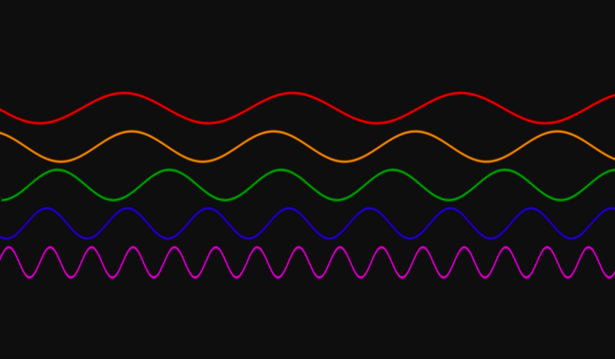
This graph shows different frequencies of sound waves.
Basics of Sound – Ducksters https://www.ducksters.com/science/sound101.php
Sonic Tonic Machine
A music maker for your playground
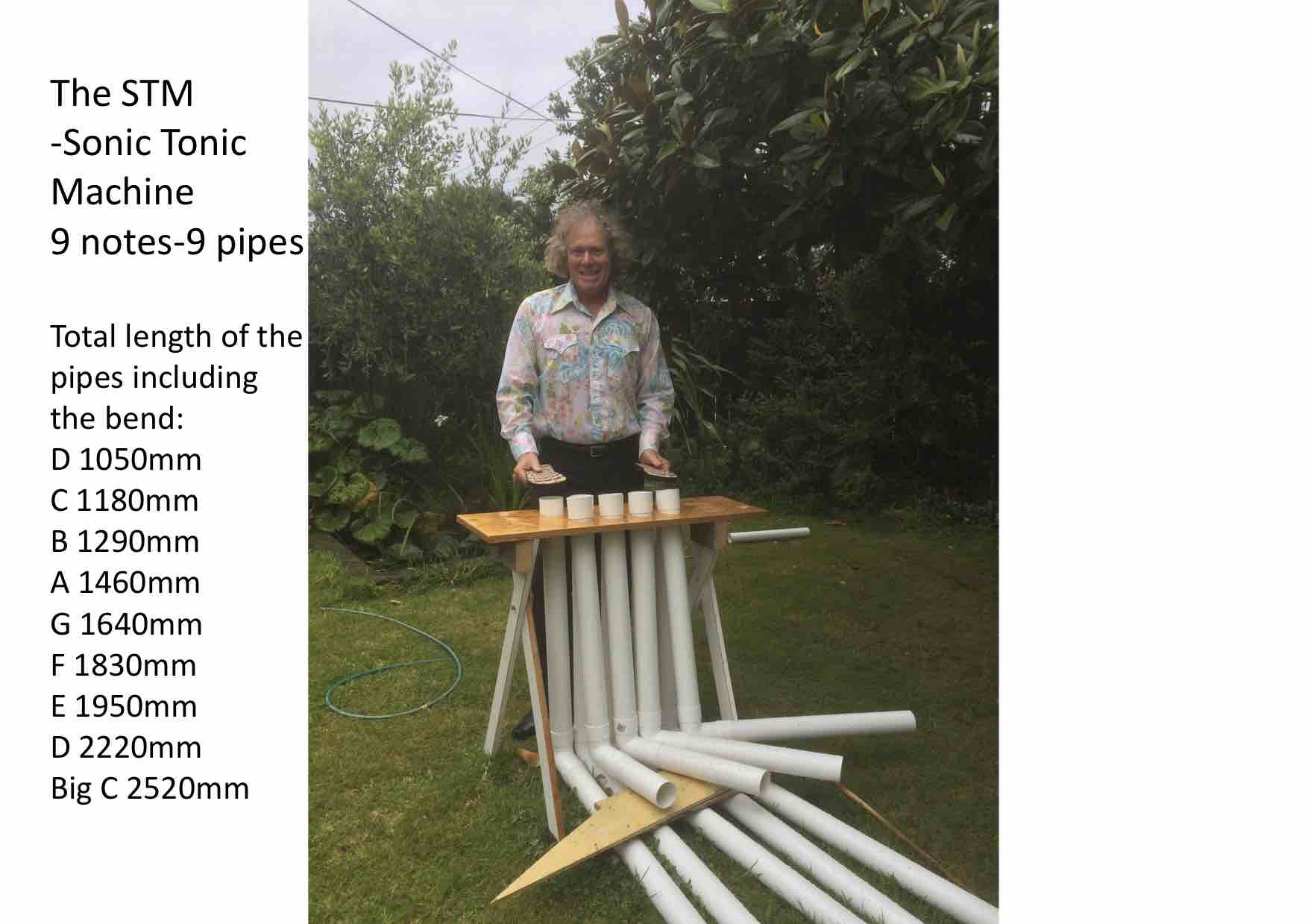
Simon Taylor (from the University of Waikato) is happy to share his music maker with us. The lengths of the pipes are given above and while the diameter does not matter they all need to be the same. A simple stand is needed to hold them up and they are played using jandals. Why not give it a go and add music to your playground.
Science Learning Hub – Pokapū Akoranga Pūtaiao, Links:
There are lots of resources about sound on the Hub.
Have a look at our:
Sound Articles:
- Measuring sound
- Human hearing
- Sound – understanding standing waves
- Sound – visualising sound waves
- Sound – resonance
- Sound – wave interference
- Sound – beats, the Doppler effect and sonic booms
Find out about school student Jamie Fenton’s noise level meter invention, originally part of her school science fair entry.
Sound Activities
If you have not tried using Tin Can Telephones then now is the time. Check out how you can use them in your class here.
Musical Coat Hangers – another simple activity that will make you go WOW.
From England the Primary Science Teaching Trust has produced many activities for primary students. Two are related to Sound. Have a look at these:
Sounds of Science with an interesting link to the Chrome Music Lab.
In Modelling waves with slinkies, students model how sound travels by sending waves along two stretched plastic slinkies tied together.
In Sound on an oscilloscope, students play different kinds of sounds near a computer microphone and watch the resulting visual display created by oscilloscope software.
In Make and use a hydrophone, students make a hydrophone and use it to listen to underwater sounds.
In Investigating sound wave resonance make beautiful music while investigating sound waves and the speed of sound – using the simplest of equipment and a phone.
Measuring the speed of sound – use a timing app to measure the speed of sound.
Or to explore further, see our sound topic.
Other links
The noisy reef: https://www.sciencelearn.org.nz/resources/564-the-noisy-reef-introduction
Activity ideas – already available on the Hub
- Sound detectives – students take part in a class experiment to locate sounds when blindfolded.
- Modelling waves with slinkies – students model how sound travels by sending waves along two stretched plastic slinkies tied together.
-
Sounds in a pool – students listen to sounds made in a swimming pool while being under water themselves
Voices of Tāwhirimatea
This unit written with a Curriculum focus in music has many great links to the Physical World in Science – Investigate the features of sound makers and musical instruments that allow them to produce different sounds and vibrations.
This unit focuses on traditional Māori musical instruments that carry sounds (pūoro) connected to the natural world e.g. earth, sky, wind, rain, rain, plants and animals.
All details can be found here
Maori Musical Instruments at Te Papa
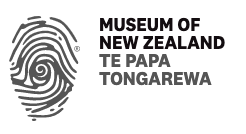
By going to the Te Papa website you can find out more about the musical instruments they have as well as their uses.
Sounding Off
Denis Burchall presented this workshop at SciCon in 2018. In it you will find some easy to use sound investigation and an interesting range of musical instruments that can be made by your students. There are also many links to great sites showing sound and music being made in a variety of ways. This is worth a look.
Building Science Concepts
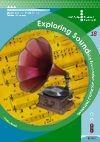
If you have not seen these books, go hunting – every school should have a set of them. When you find them look for Book 18: Exploring Sound: Using Sound-makers and Musical Instruments and Book 19: Properties of Sound: How Sound-makers and Musical Instruments Work
For more information you can go to Science Online at TKI
Whale Song
Want to know more about whale song and recent research into it. This article is from Primary Science Teaching Trust (PSTT) free e-newsletter called ‘Why & How’ from the UK. You might like to subscribe to this newsletter for more interesting Science ideas. You can do so using this link.
Interesting Reading
Do bubbles make sound when they pop?
